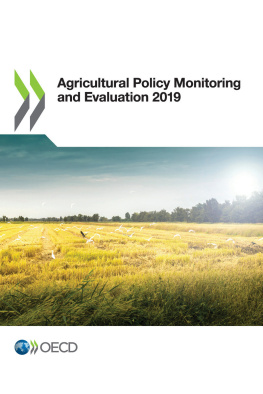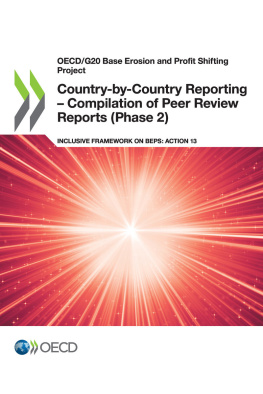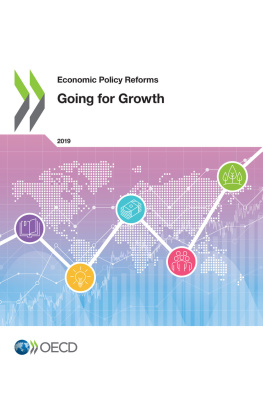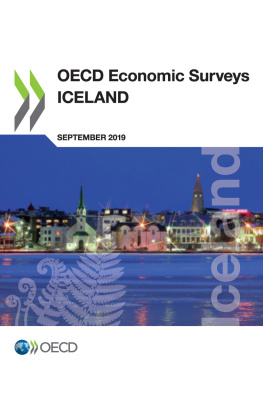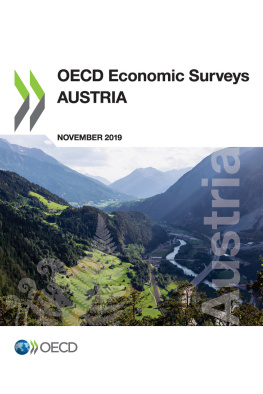Metadata, Legal and Rights
ISBN: 978-92-64-31124-4 (print) - 978-92-64-31125-1 (pdf) - 978-92-64-74425-7 (HTML) - 978-92-64-67896-5 (epub)
DOI: https://doi.org/10.1787/eco_surveys-hun-2019-en
OECD Economic Surveys
ISSN: 0376-6438 (print) - 1609-7513 (online)
OECD Economic Surveys: Hungary
ISSN: 1995-3461 (print) - 1999-0529 (online)
This document, as well as any data and any map included herein, are without prejudice to the status of or sovereignty over any territory, to the delimitation of international frontiers and boundaries and to the name of any territory, city or area.
The statistical data for Israel are supplied by and under the responsibility of the relevant Israeli authorities. The use of such data by the OECD is without prejudice to the status of the Golan Heights, East Jerusalem and Israeli settlements in the West Bank under the terms of international law.
The Survey is published on the responsibility of the Economic and Development Review Committee of the OECD, which is charged with the examination of the economic situation of member countries.
The Survey was prepared in the Economics department by Jens Hj, Gabor Fulop, Ania Thiemann, Rory OFarrell, Orsolya Fedor, seconded from the Hungarian Ministry of the Finance, and Anna Vindics under the supervision of Patrick Lenain. Statistical research assistance was provided by Klaus Pedersen and editorial assistance was provided by Poeli Bojorquez, Stephanie Henry and Sylvie Ricordeau. The previous Survey of Hungary was issued in May 2016.
The Survey was discussed at a meeting of the Economic and Development Review Committee on 6 November 2018 with participation of representatives of the Hungary government and representatives of Denmark and the United Kingdom as lead speakers.
Information about the latest as well as previous Surveys and more information about how Surveys are prepared is available at www.oecd.org/eco/surveys .
Photo credits: Cover Image Source Fotolia.com.
Corrigenda to OECD publications may be found on line at: www.oecd.org/about/publishing/corrigenda.htm .
OECD 2019
You can copy, download or print OECD content for your own use, and you can include excerpts from OECD publications, databases and multimedia products in your own documents, presentations, blogs, websites and teaching materials, provided that suitable acknowledgement of OECD as source and copyright owner is given. All requests for public or commercial use and translation rights should be submitted to .
Executive Summary
The economic outlook looks strong
but the economy faces risks, including overheating of the labour market
The high stock of inward FDI has bolstered GDP, but leaves unaddressed challenges
Upskilling, mobility and stronger regional growth are needed for securing equitable growth
Population ageing is creating policy challenges
The economic outlook remains strong
The economy is prospering . Growth is expected to have risen further to 4 per cent in 2018, following past strong performance. Domestic demand is fuelled by strong private consumption, reflecting high real income gains, and dynamic business and housing investments. The unemployment rate has fallen to a historically low level and labour shortages have emerged. This has been, accompanied by strong and broad-based wage increases, helping to preserve a high level of income equality, and restarting income convergence. Inflation reached 3.8% in the autumn of 2018, partly as the result of higher energy and food prices, before coming down again (Figure A). Productivity growth has accelerated, although it remains well below real wage growth and the rate prevailing in the decade prior to the international financial crisis.
Table A. Strong economic growth is projected to continue |
|---|
%-change | 2018 | 2019 | 2020 |
|---|
Gross domestic product | 4.6 | 3.9 | 3.3 |
Private consumption | 5.6 | 4.7 | 4.0 |
Gross fixed capital formation | 15.7 | 9.5 | 4.8 |
Exports | 8.3 | 7.5 | 5.9 |
Imports | 9.6 | 8.8 | 6.3 |
Unemployment rate | 3.6 | 3.2 | 3.1 |
Consumer price index | 3.0 | 4.0 | 4.0 |
Current account (% of GDP) | 1.7 | 0.9 | 0.6 |
Output growth is projected to lose some momentum in 2019, as capacity constraints bite and demand is increasingly met by imports . Nonetheless, domestic demand will continue to benefit from rising wages and employment. The latter is, together with demography weighing on labour supply, reducing unemployment. Private investment will be bolstered by the continued expansion of production capacity, EU funds and high housing demand. Exports will benefit from new production capacity, but fast-rising imports will put downward pressure on the current account surplus. Inflation is projected by the OECD to continue to rise towards the central bank's upper bound of the 3 % inflation target with a +/-1% tolerance band. Nonetheless, macroeconomic policy is expected to remain expansionary in 2019: the central bank has announced that it is prepared for a gradual and cautious normalisation of monetary policy while maintaining policy rates, and fiscal policy will remain supportive.
Figure A. Inflation is picking up

StatLink https://doi.org/10.1787/888933896183
but the economy faces risks, including overheating of the labour market



